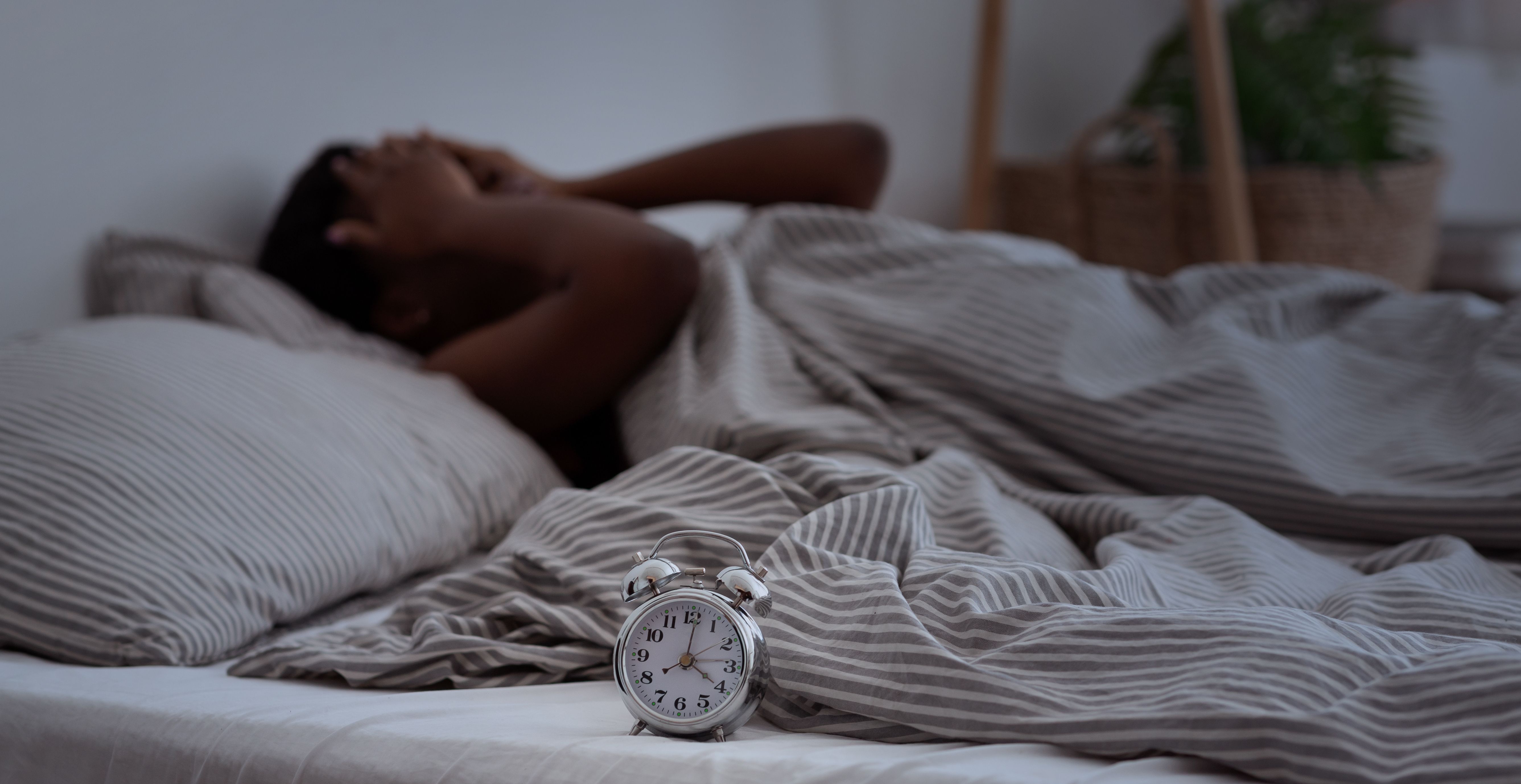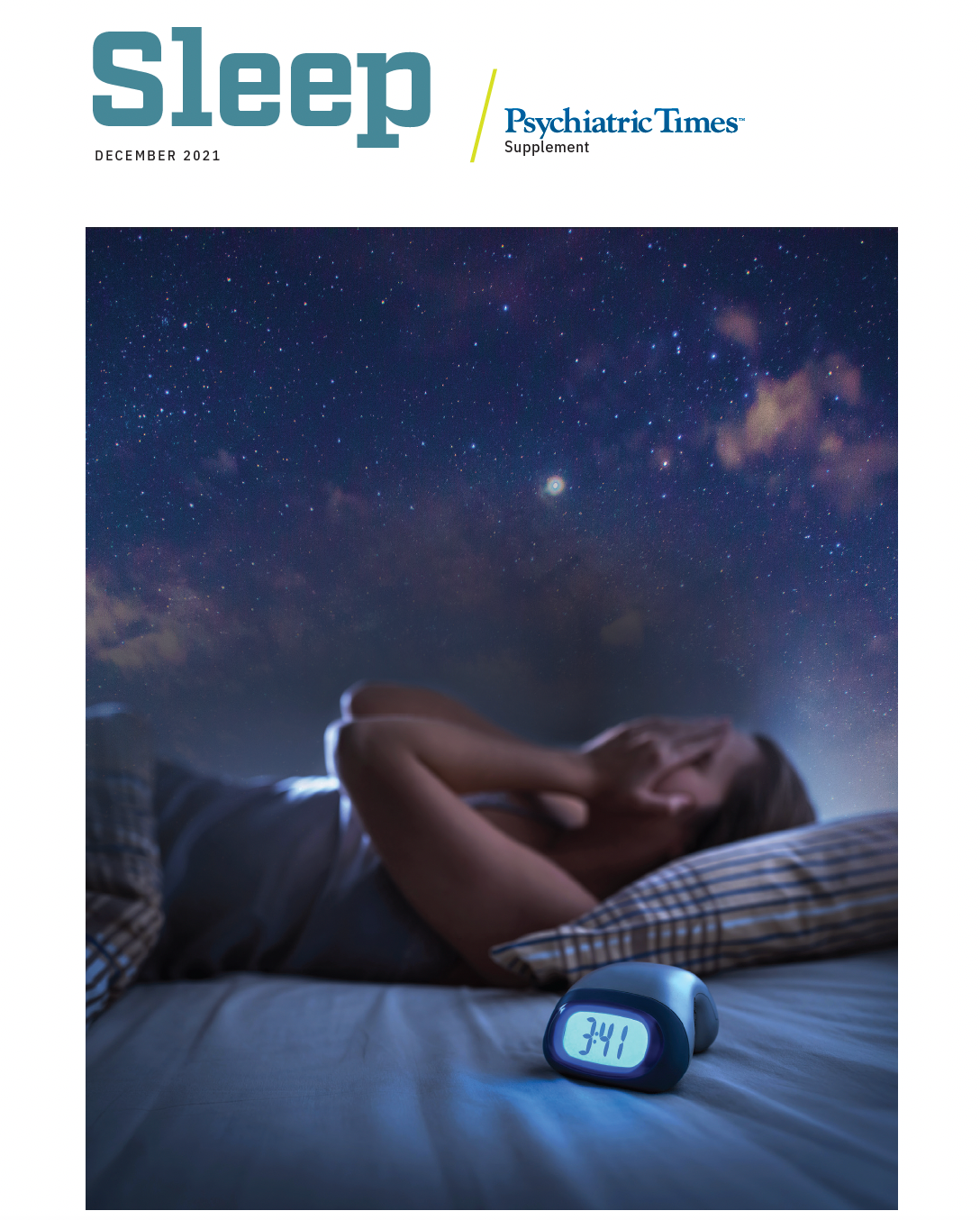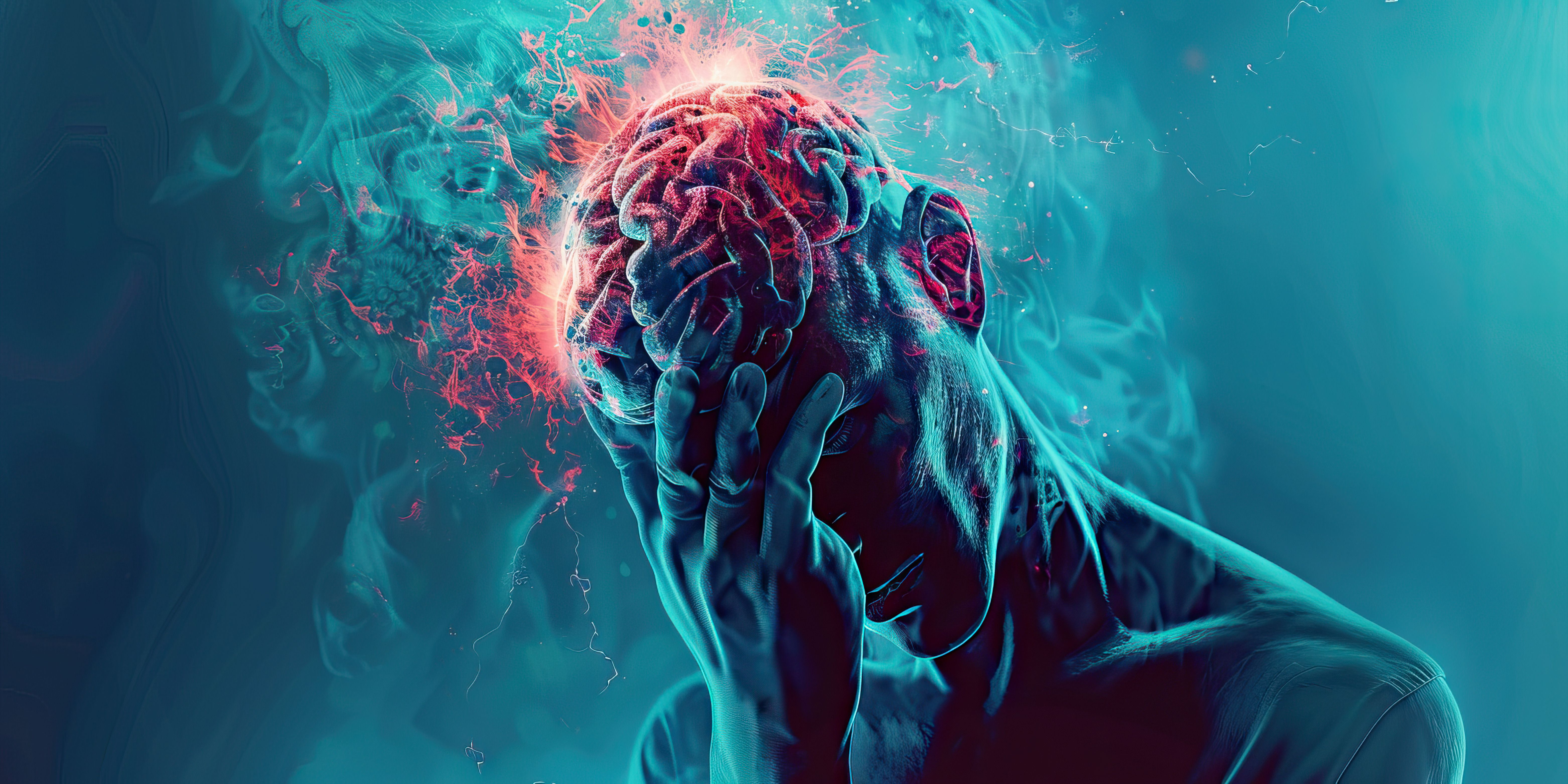Publication
Article
Psychiatric Times
Parasomnias: Fast Facts
Author(s):
Prostock-studio/Adobestock

Parasomnias are undesirable physical, experiential, or behavioral phenomena that occur exclusively during sleep onset, sleep, or arousals from sleep. Their manifestations may be easily confused with psychiatric disorders, when bizarre motor and/or emotional behavior is mistakenly interpreted as symptomatic of waking aberrance. For some, there may be associations with psychiatric disorders, their treatments, and/or their contribution to predisposition. Underlying the various parasomnias is the actuality that they are not mutually exclusive. Below are fast facts to better recognize and treat them (an in-depth look at the topic can be found online1).
Their manifestations may be easily confused with psychiatric disorders, when bizarre motor and/or emotional behavior is mistakenly interpreted as symptomatic of waking aberrance.
Non-rapid eye movement (NREM) sleep arousal disorders. Although not specified in DSM-5, the simplest of the disorders of arousal is confusional—hence disordered—arousal, which is partial awakening with periods of apparent confusion and inappropriate or absent responsiveness to others while in bed. There is typically amnesia for the event and minimal or no recall of dream mentation. This can evolve into spells that include intense autonomic activation with vocalization, tachycardia, tachypnea, mydriasis, diaphoresis, and sleep terrors or sleepwalking. Confusional arousals occurred in 15.2% of a large community sample, and more than half reported at least 1 episode every week.2
Substance- or medication-induced sleep disorder. Parasomnias resembling disorders of arousal can be related to the use of many psychotropic drugs, in particular sedative-hypnotics. Sleepwalking and other amnestic complex sleep-related behaviors have been reported among psychiatric patients taking benzodiazepines. Behaviors can be prolonged and include amnestic nocturnal eating, sexual activity, and even sleep driving. The first step in treatment is to identify and treat comorbid sleep disorders—in particular, restless legs syndrome and obstructive sleep apnea.
Nightmare disorder. Formerly termed dream anxiety attacks, nightmare disorder is now recognized as a REM sleep phenomenon, distinct from NREM sleep terrors. As defined in DSM-5, this includes repetitive, extended, extremely dysphoric, and well-recalled dreams that involve threats to survival, security, or physical integrity; episodes usually occur during the second half of the sleep period. Typically, the individual becomes rapidly alert and oriented. Emotional manifestations of fear, anger, and sadness may predominate. Nightmares occur in 5% to 8% of adults, more commonly women and individuals with type A personality characteristics.
REM sleep behavior disorder (RBD). Patients with RBD are most frequently older men who experience a prolonged, chronic course. They typically dream of themselves as defenders, rarely as aggressors. Violent dream enactment can result in injury to the patient and/or bed partner, whose presence is often incorporated into the dream content. RBD spells are likely to occur during the latter part of the night, when REM sleep tends to be more prolonged and intense. For about 25% of patients, there is a prodromal period with increased action-packed dream content along with vocalization and limb jerking that can progress over several years. As RBD becomes established, there is a tendency for abrupt, often violent movement concordant with recalled dream content.
Recurrent isolated sleep paralysis. Sleep paralysis is essentially the atonia of REM sleep that has become dissociated and occurs at times other than the typical periods of REM sleep during the night. It can either intrude at sleep onset or persist into awakening at sleep offset, and it is often experienced as discomforting or frightening. It is classically found in association with narcolepsy, but not exclusively. Lifetime prevalence of isolated sleep paralysis appears to be 2.3% to 40%, depending on the population under study. Unless the history includes hypersomnia or cataplexy, there is no need for polysomnography.
Sleep-related events not specified in DSM-5. Clinical features of nocturnal spells can resemble panic disorder, but diagnostic caution must be emphasized. It is important to look at other disorders that can masquerade as nocturnal panic, such as sleepwalking/sleep terrors, RBD, seizures, gastroesophageal reflux, obstructive sleep apnea, bruxism, nocturnal asthma, and nocturnal cardiac arrhythmias. Sleep disturbances have figured prominently in descriptions of dissociative identity disorder, dissociative amnesia, and other disorders. Specifically, sleep disturbances have figured prominently in descriptions of posttraumatic stress disorder; they include initial insomnia, sleep discontinuity with increased arousal, limb movements, night terrors, nightmares, and even purposeful behavior, which can result in injury to a bed partner when a threat is perceived. Other rare but relevant disorders with sleep-related manifestations that can confound psychiatrists include sleep-related epilepsy, exploding head syndrome, dementia with Lewy bodies, and other brain pathology (peduncular hallucinosis).
Dr Hurwitz is a sleep specialist in Minneapolis.
Dr Schenck is an associate professor of psychiatry at the University of Minnesota Medical School and a staff psychiatrist at the Minnesota Regional Sleep Disorders Center at Hennepin County Medical Center, Minneapolis. He is co-chairman of the committee on parasomnias for the upcoming revisions of the International Classification of Sleep Disorders.
Dr Khawaja is a clinical professor in the Department of Psychiatry at the University of Oklahoma.
References
1. Hurwitz TD, Schenck CH, Khawaja IS. Parasomnias: what psychiatrists need to know. Psychiatric Times™. 2015;32(9). Updated March 2021. Accessed November 10, 2021. https://www.psychiatrictimes.com/view/parasomnias-what-psychiatrists-need-know
2. Ohayon MM, Mahowald MW, Leger D. Are confusional arousals pathological? Neurology. 2014;83(9):834-841.







